Thanks a lot for considering.
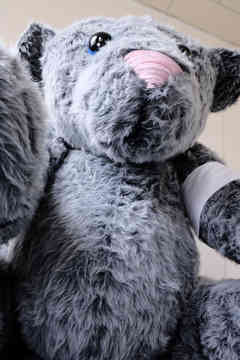
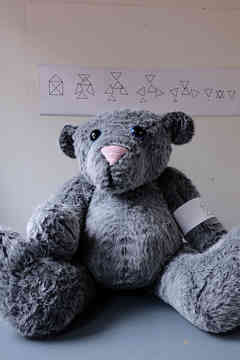
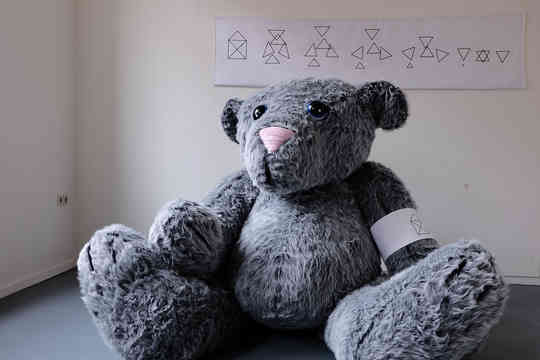
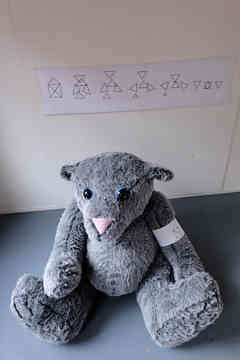
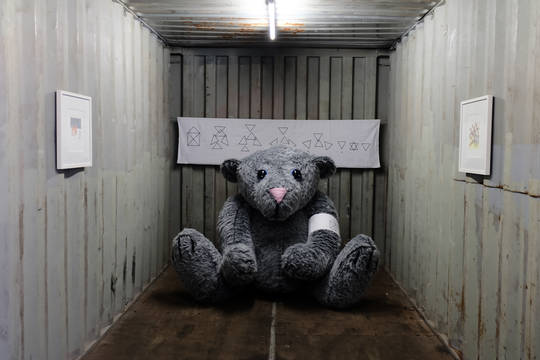
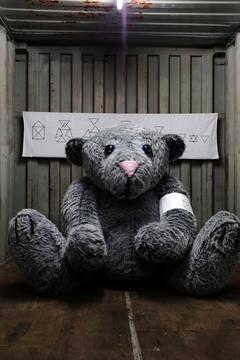
Me and My Teddy Bear at Jungkunst
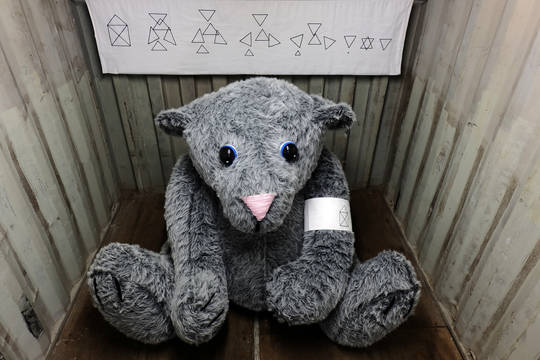
Me and My Teddy Bear at Jungkunst
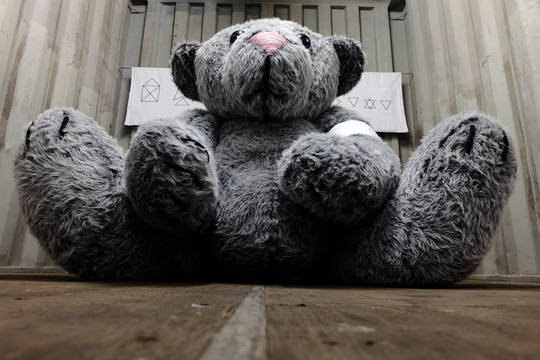
Me and My Teddy Bear at Jungkunst
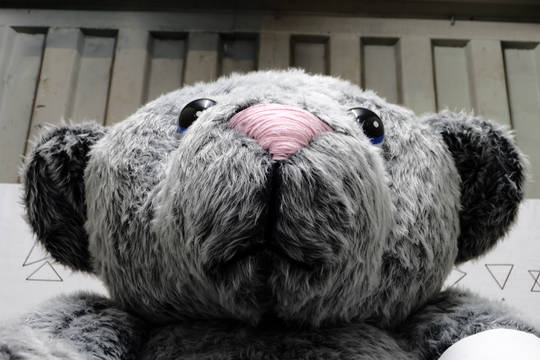
Me and My Teddy Bear at Jungkunst
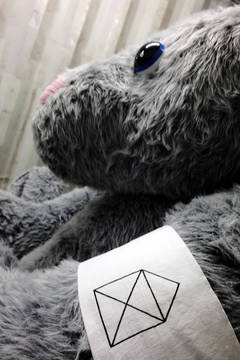
Me and My Teddy Bear at Jungkunst
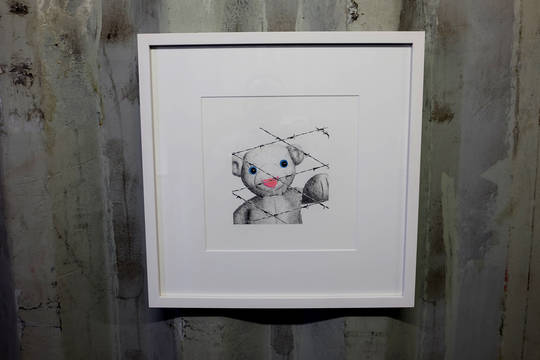
Me and My Teddy Bear at Jungkunst
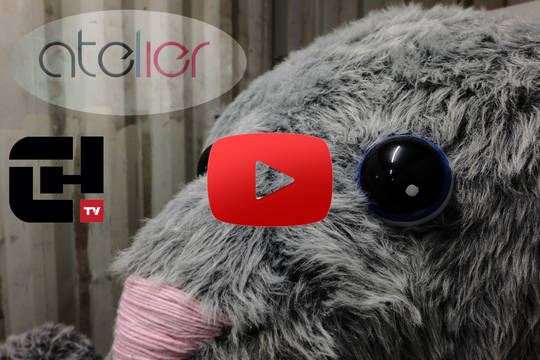
Interview in Atelier - CHTV - Jungkunst Containermuseum

Interview in Atelier - CHTV - Jungkunst Containermuseum
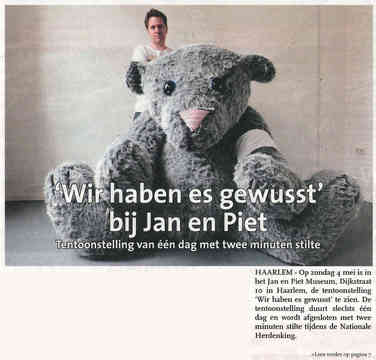
Interview in Atelier - CHTV - Jungkunst Containermuseum
2014
Installation; Fake fur, cotton filling, linen, wool, coloured plastic eye
120x120x200cm
Me and my teddy bear
Have no trouble have no care
Me and my teddy bear
Just play and play all day.
I love my teddy bear
He has one eye and has no hair
I love my teddy bear
We play and play all day. "Me and my teddy bear" lyrics
I loved my teddy bear
There are rumours in the air
He lives in scare and fear
Teddy is alone all day.
Hearing all the news nowadays about riots, prosecution of minorities and refugees, you
might find yourself thinking about the troublefree old times. Not necessarily the famous
"good old times" in general, more the lighthearted times you hopefully had during your
childhood. As a child everyone is openminded, nonjudging and tolerant.
When growing up, we adapt to our social environment and arrange ourselves with rules,
values and norms. We start categorizing everything in good and evil which helps us to a
large extent to get along in our daily life. What if, e.g., we don't see the person as a being
anymore, merely as a "category"?
The installation of "me and my teddy bear" consist of a over lifesize
teddy bear, sitting on the ground, wearing on one of the arms an armband in the style of a convict related
to Jewish, gay and all other identification symbols in WWII without restricting the topic to
WWII. The resemblance of our former toy clashes with childhood memories and simultaneously a kind of threat.
The arm band is resumed as a banner on the wall in the background and reflects the gradual conversion from
a childhood full of tolerance to a ubiquitous intolerance. Here, also the banner ironically recalls the childhood
housedrawing game "the house of Nicholas" (in German: Haus vom Nicholaus). Furthermore, drawings of
teddy bears take reference to minorities, refugees or other social injustice which reflect
on current or past incidences around the world.
The latest vote in Switzerland concerning free movement of workers between EU and
Switzerland, is just another example of those racist tendencies which are omnipresent. It
is so easy to blame someone else or even a "category" for the own faults. In my opinion it
is dangerous to categorise ethnic groups or minorities due to sexual orientation, believe,
nationality and others and start discussing about who is worthy or not worth.
How is it possible that hate against someone else can develop in such troublefree
times?
The teddy bear that is brand marked with an unknown "house of Nicholas" symbol - is he
a sweet being or a mere toy?x
In shows:
2015
Containermuseum 10 years Jungkunst, Halle 52, Winterthur, CH, 25.9.-08.10.2015
2014
SchoK biënnale, Schoorl, NL, 12.06.-15.06.2014
2014
»Global Village«, Fort Abcoude, Abcoude, NL, 17.05.-25.05.2014
2014
»wir haben es gewusst«,
Jan en Piet Museum, Haarlem, NL, 04.05.2014
In media:
2014
Jungkunst Containermuseum - Atelier - CHTV,
CH Television, 08.10.2015
2014
SchoK: hoge kwaliteit en lage drempels, 20.05.2014
2014
'Wir haben es gewusst' bij Jan en Piet, Haarlem Weekendblad, 02.05.2014
2014
'Wir haben es gewusst' in Jan en Piet Museum,
Haarlem Dagblad, 25.04.2014